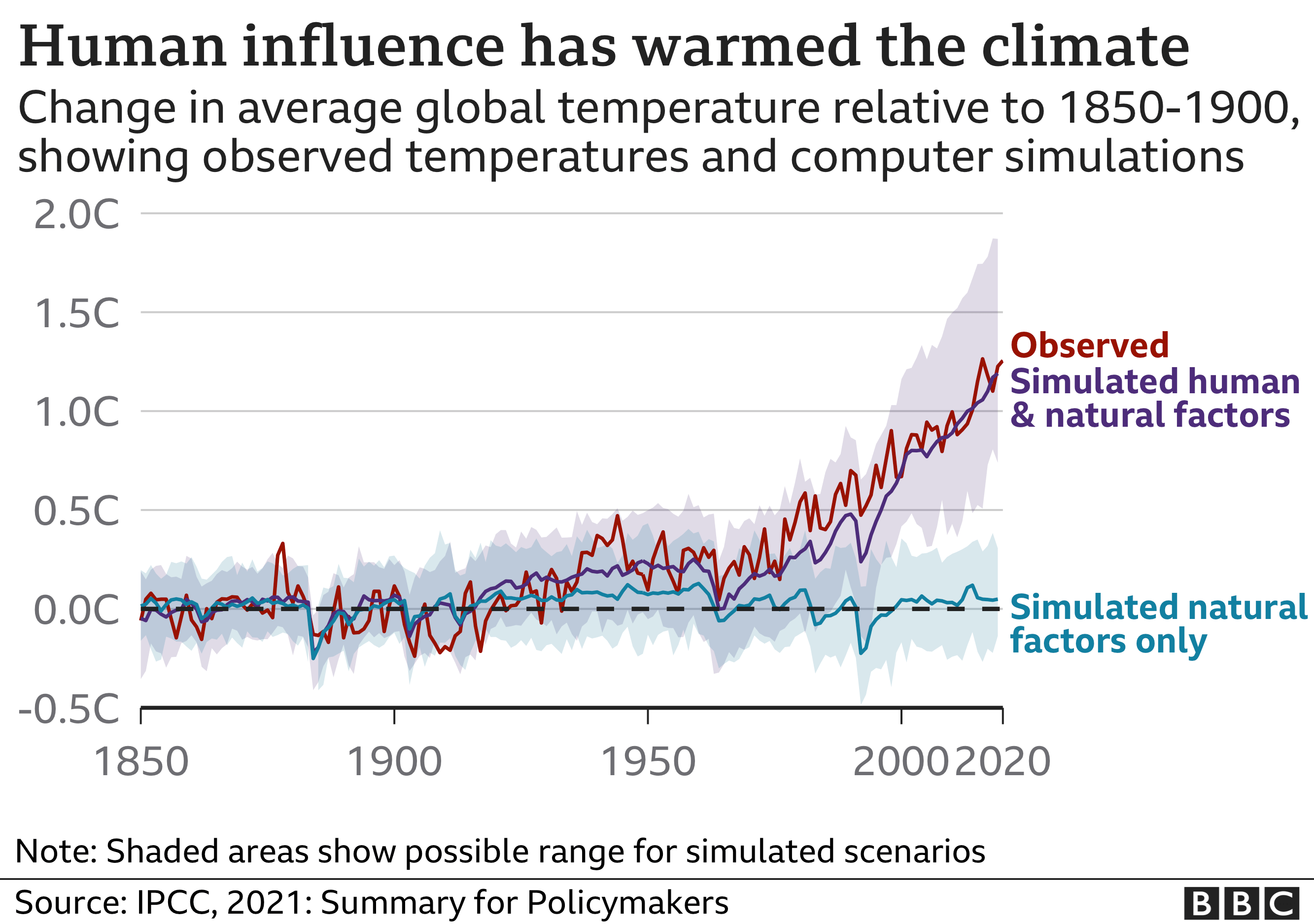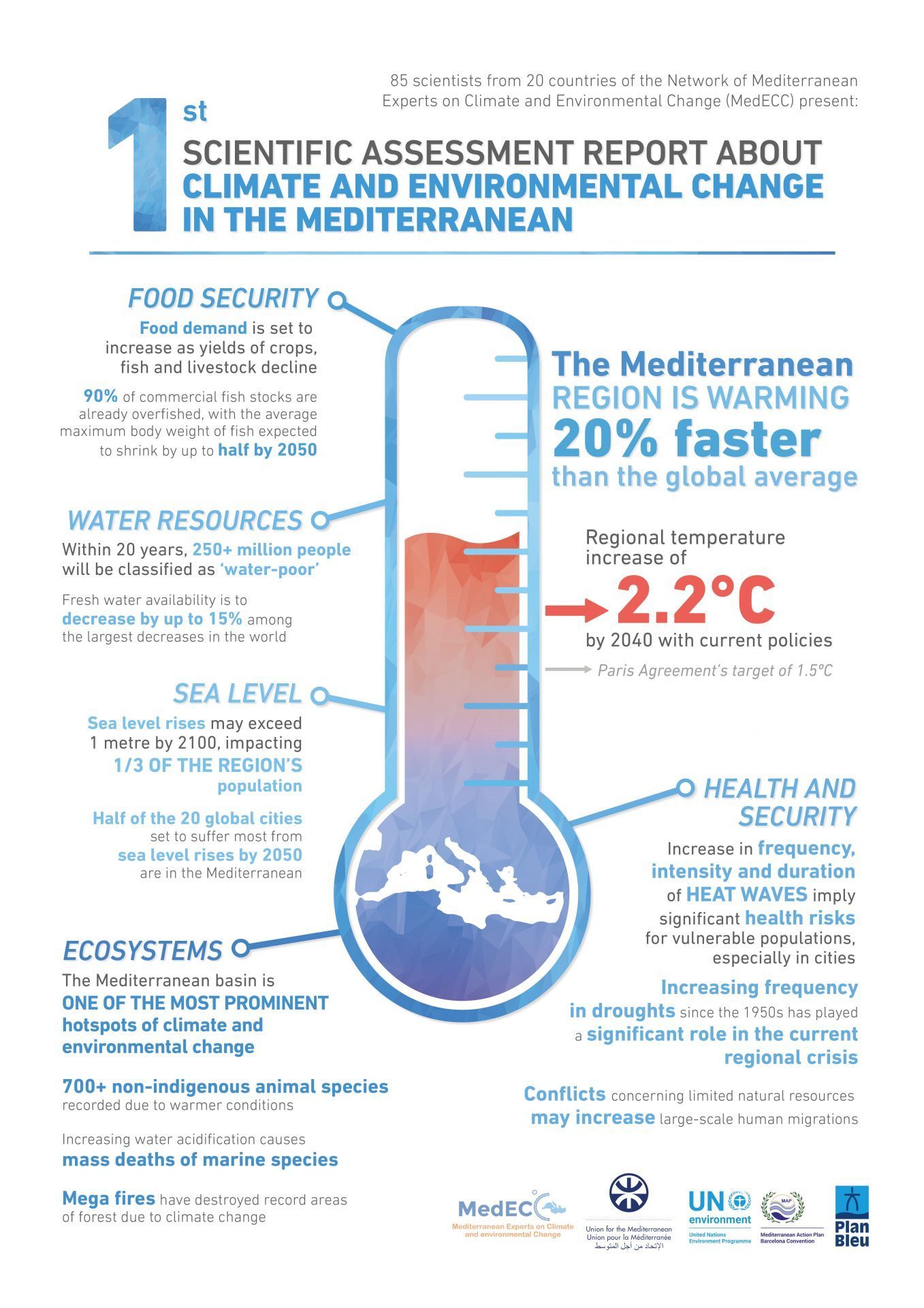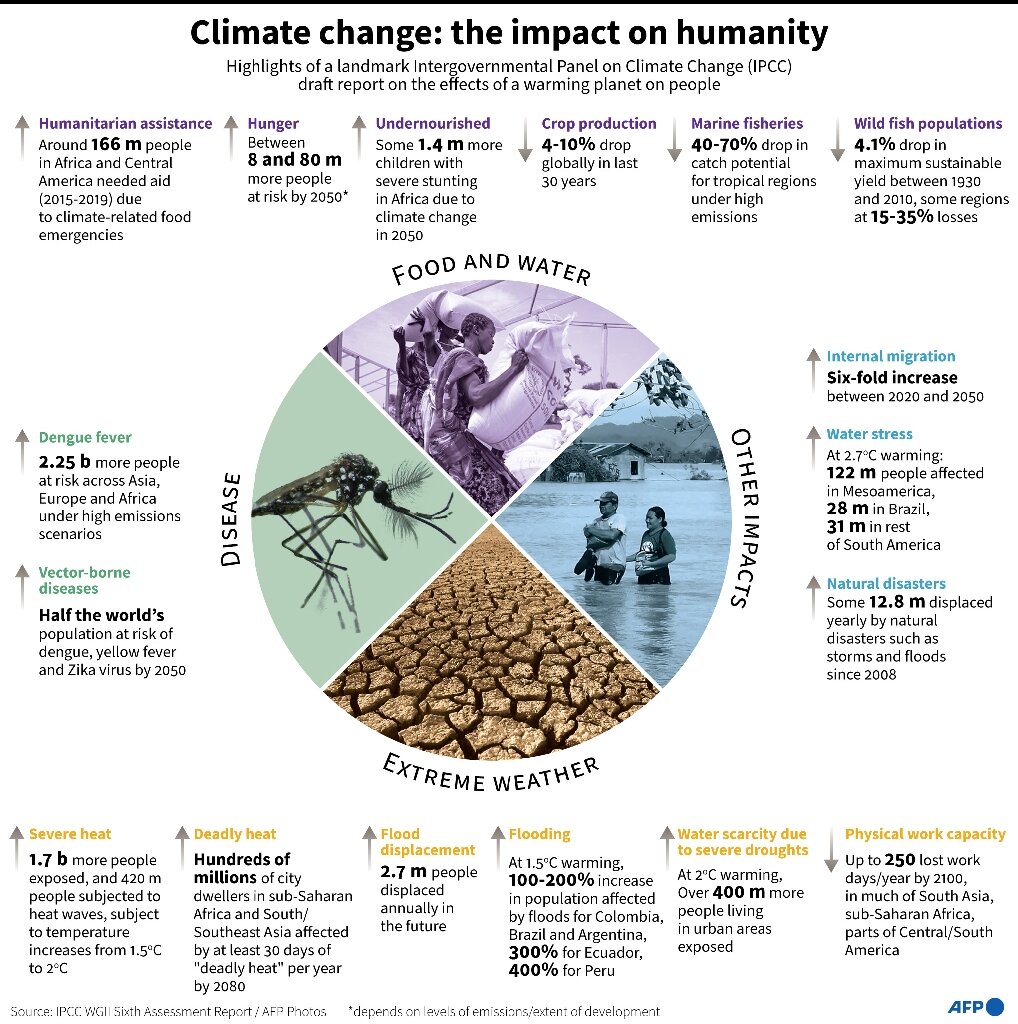- Get link
- X
- Other Apps
Climate change
Climate change is a term that refers to the long-term changes in temperature, precipitation, wind patterns, and other measures of climate that occur over several decades or longer. The most obvious sign of climate change is the warming of the planet, which has been happening at an unprecedented rate in recent years.
The main cause of climate change is the burning of fossil fuels, such as coal, oil, and natural gas, which releases large amounts of carbon dioxide and other greenhouse gases into the atmosphere. These gases trap heat from the sun and cause the planet to warm up. This warming is not only causing the average global temperature to rise, but also leading to extreme weather events such as droughts, floods, heatwaves, and intense storms.
One of the most devastating impacts of climate change is the rising sea level. As the planet warms up, the polar ice caps and glaciers are melting, causing the sea level to rise at an alarming rate. This not only threatens to flood low-lying areas and small island nations, but also disrupts the delicate ecosystems that depend on them.
Another impact of climate change is the destruction of natural habitats and species loss. As the climate changes, many plants and animals are struggling to adapt to the new conditions, and some species are already becoming extinct. This can have a ripple effect throughout entire ecosystems, with the loss of a single species leading to the decline of many others.Climate change is also having a major impact on agriculture and food security. As the temperature and precipitation patterns change, many crops are struggling to grow, and extreme weather events are causing crop failures. This can lead to food shortages and price spikes, which can be particularly devastating for low-income communities.
The good news is that there are many steps that we can take to slow or even reverse the effects of climate change. The most important step is to reduce our greenhouse gas emissions. This can be done by switching to cleaner forms of energy, such as solar, wind, and hydropower, and by investing in energy efficiency and conservation measures.
We can also help to reduce our carbon footprint by using public transportation, biking, and walking instead of driving, and by eating a plant-based diet. In addition, we can also protect and restore natural habitats, such as forests and wetlands, which act as carbon sinks, and support for policies that promotes sustainable development and conserve biodiversity.
It is important to remember that climate change is not just an environmental issue, it is also a social and economic issue, as it affects many aspects of life. It is vital that we take action now to reduce our greenhouse gas emissions and slow the effects of climate change. By working together, we can create a more sustainable and livable planet for generations to come.
There are a number of steps that have been taken at the international, national, and local levels to address climate change. Here are a few examples:
International Agreements: The United Nations Framework Convention on Climate Change (UNFCCC) was established in 1992, and since then there have been a number of international agreements to address climate change. The most notable of these is the Paris Agreement, which was adopted in 2015 and aims to keep the global temperature rise below 2 degrees Celsius above pre-industrial levels and to pursue efforts to limit the temperature increase even further to 1.5 degrees Celsius.
National Policies: Many countries have implemented policies to reduce greenhouse gas emissions and to promote clean energy. For example, many countries have set targets for renewable energy and energy efficiency, and have implemented carbon pricing mechanisms, such as carbon taxes and cap-and-trade systems.
Clean Energy: Many countries are investing in clean energy sources, such as solar, wind, and hydropower, as a way to reduce greenhouse gas emissions. Also, many countries are investing on R&D in clean energy technologies to increase its accessibility and affordability.
Energy Efficiency: Many countries are taking steps to increase energy efficiency in buildings and transportation systems. For example, building codes and energy efficiency standards are being strengthened, and public transportation systems are being expanded.
Carbon Sequestration: Carbon sequestration is a method of storing carbon dioxide emissions underground or in other forms, such as trees and other vegetation. Carbon sequestration is widely considered as one of the ways to counter the global warming effect.
Forest Conservation: Forests act as carbon sinks, meaning that they absorb and store carbon dioxide from the atmosphere. Many countries are working to conserve forests and to reforest areas that have been deforested in order to reduce greenhouse gas emissions.
Climate Adaptation: With the inevitable impact of climate change, many countries are investing in adaptation efforts, such as building sea walls, improving water management, and reinforcing infrastructure.
Public awareness campaigns: Many non-profit organizations, governments, and private companies are investing on public awareness campaigns to educate people on climate change and the steps they can take to reduce their own carbon footprint.
This is not an exhaustive list, there are many more actions that are being taken and still needed to address climate change. It is a complex issue that requires collaboration and commitment from governments, private sector and individuals to achieve a sustainable future.






Comments
Post a Comment